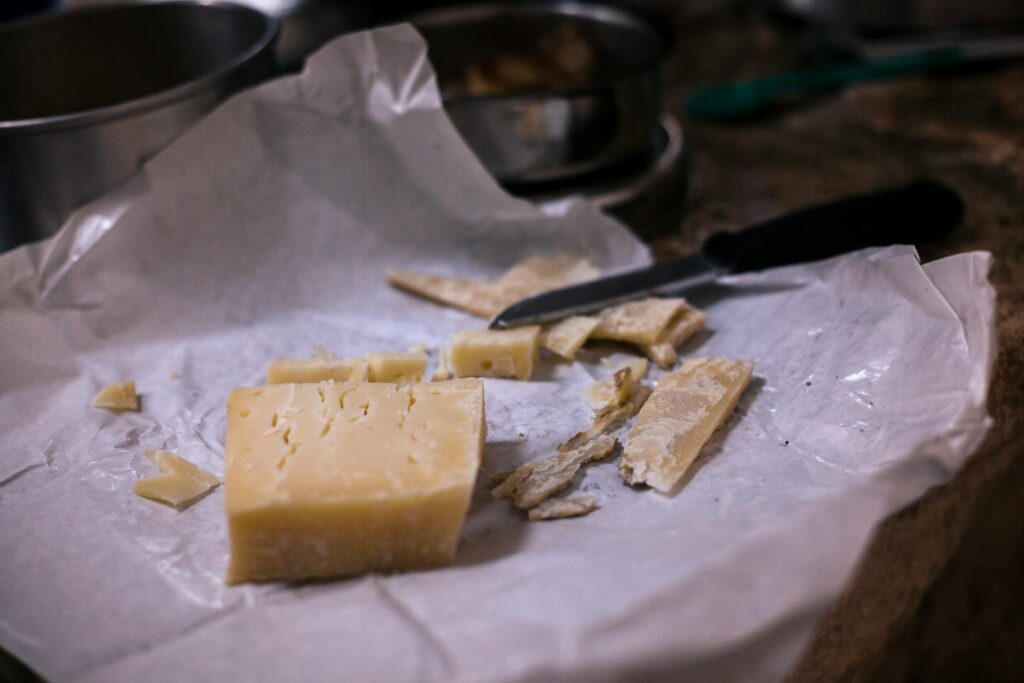The transformation of freshly made cheese into a complex and flavourful delicacy often relies on the crucial environmental factors of temperature and humidity during the aging process. These two elements work in tandem to influence the enzymatic and microbial activity within the cheese, ultimately shaping its texture, aroma, and taste. Maintaining the correct temperature and humidity levels is paramount for successful cheese maturation, preventing unwanted mold growth, excessive drying, or the development of off-flavours.
Temperature: The Pace Setter of Aging: Temperature plays a significant role in controlling the rate of biochemical reactions within the cheese. Warmer temperatures generally accelerate the activity of enzymes and microorganisms, leading to faster flavour development and texture changes. Conversely, cooler temperatures slow down these processes, resulting in a longer aging period and often more nuanced flavour profiles. Different styles of cheese have optimal aging temperature ranges. For example, many hard cheeses like Cheddar and Gruyère are aged in cool cellars around 10-13°C (50-55°F), while some washed-rind cheeses may benefit from slightly warmer temperatures initially to encourage the growth of specific surface bacteria. Maintaining a consistent temperature within the desired range is crucial to ensure predictable and even ripening throughout the cheese. Fluctuations can lead to uneven texture development and undesirable flavour outcomes.
Humidity: The Moisture Regulator: Humidity is equally vital in the aging environment, primarily for controlling the moisture content of the cheese. Too low humidity will cause the cheese to dry out too quickly, leading to a hard, cracked rind and potentially a dry, crumbly interior. This rapid moisture loss can also hinder the enzymatic activity necessary for proper flavour development. Conversely, excessively high humidity can create an environment conducive to the growth of undesirable molds and surface bacteria that can impart off-flavours or even render the cheese unsafe to eat. The ideal humidity range varies depending on the type of cheese and its stage of aging, but generally falls between 70-90%.
Creating the Ideal Aging Environment: For commercial cheesemakers, dedicated aging rooms or caves with precise temperature and humidity controls are essential. However, home cheesemakers can create suitable environments on a smaller scale. A spare refrigerator, often referred to as a “cheese cave,” can be modified with temperature controllers and humidity regulators. Simple methods like placing a container of water inside the refrigerator or using specialized humidity packs can help maintain the desired moisture levels. Regular monitoring of both temperature and humidity with accurate thermometers and hygrometers is crucial for making necessary adjustments.
The Interplay of Temperature and Humidity: Temperature and humidity are not independent factors; they interact significantly during cheese aging. Higher temperatures generally require higher humidity to prevent excessive moisture loss. Conversely, lower temperatures can tolerate slightly lower humidity levels. Cheesemakers must carefully balance these two elements based on the specific characteristics of the cheese they are aging. For instance, cheeses with natural rinds require careful humidity management to encourage the growth of beneficial molds while preventing the proliferation of undesirable ones. Washed-rind cheeses also rely on specific humidity levels to support the development of their characteristic aromas and textures.
Troubleshooting Aging Issues: Problems during cheese aging, such as excessive mold growth, cracking rinds, or the development of unwanted aromas, can often be traced back to improper temperature or humidity control. Understanding the ideal conditions for the specific type of cheese you are aging and diligently monitoring your aging environment are key to preventing these issues. Adjusting temperature and humidity levels as needed, along with proper airflow, can help ensure a successful and flavourful maturation process.
In conclusion, temperature and humidity are indispensable partners in the art of cheese aging. By carefully controlling these environmental factors, cheesemakers can guide the complex biochemical transformations that occur within the cheese, resulting in a diverse array of textures, aromas, and flavours that define the captivating world of artisan cheese. Mastering the management of temperature and humidity is a hallmark of skilled cheesemaking, transforming simple curds into culinary treasures. Источники и связанный контент
